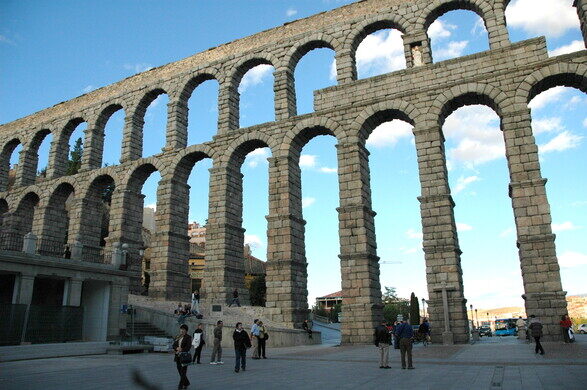Going to a museum no longer requires being in the actual place. Although there is nothing like going through galleries and rooms discovering historical curious facts or great works of art, this is no longer the only option. Thus, it is possible to take virtual tours in some of the most important museums without having to leave your home. Below is a list of links to museums in Spain that have great virtual tours.
1. National Archaeological Museum (Madrid)
Next to the National Library, one of the most beautiful in Madrid, is the physical headquarters of the National Archaeological Museum. It houses a huge collection that allows you to travel back in time from prehistoric times. Thus, you can get to know the cultures that have shaped the country, from the Neolithic to the medieval ones, including the classics. Among its pieces there are wonders such as the Bicha de Bazalote or the Dama de Elche. Fortunately, its virtual tour is one of the best you can find. There is also an interesting mobile application that lets you review it through panoramic views.
2. Museum of Natural Sciences (Barcelona)
This museum is a very diverse and scientific review of the best of nature. This virtual visit comes from an initiative between the institution from Barcelona and Google. Between them they have created a digital site that goes through a digital map, reports and photographs of the area.
3. Oceanografic (Valencia)
Do you like the sea and its creatures but you can’t leave land? No problem. The Oceanogràfic of Valencia allows you to see its different enclosures and rooms in a very detailed way thanks to a virtual reality review. In a very intuitive way you can “walk” its streets and widen the information through photos. A map allows you to jump from one side to another quickly. Sharks, seals, flamingos, tropical fish… Everything is just a click away!
4. Picasso Museum (Barcelona): Collection and the Virtual itineraries
In this Picasso museum, the attention is focused on Picasso’s training stage, which lets you know him from the inside out. The collection is the largest in existence and is well collected on the institution’s website. In addition, virtual itineraries are suggested that allow visitors to get to know the courtyards of the buildings that make up the area and the Barcelona associated with the genius of the capital of ‘la Costa del Sol’.
5. San Fernando Royal Academy of Fine Arts (Madrid)
This institution was born in the early stages of the Bourbon monarchy in Spain. Its development came from initiatives from the time of Philip V, brought to life thanks to Ferdinand VI. This led to one of the country’s great artistic institutes. The San Fernando Royal Academy of Fine Arts developed considerably with Charles III and his heirs. It survived the republican periods, already established as a centre of reference, and now has an extensive collection. This can be seen perfectly thanks to the great virtual tour they have created. It is very well designed, as it could not be otherwise, and combines static panoramic views with 360 mapping to go through its different floors.







































